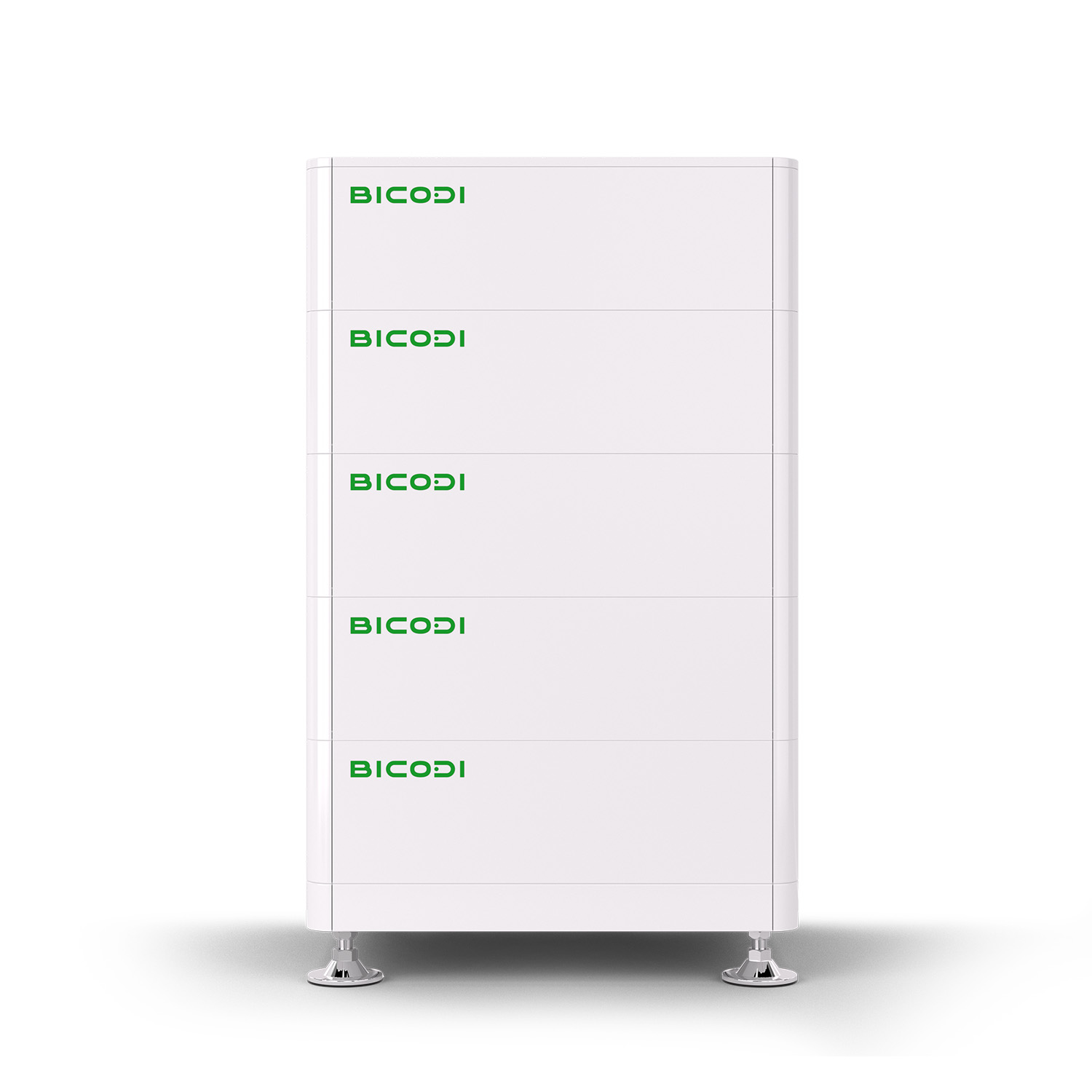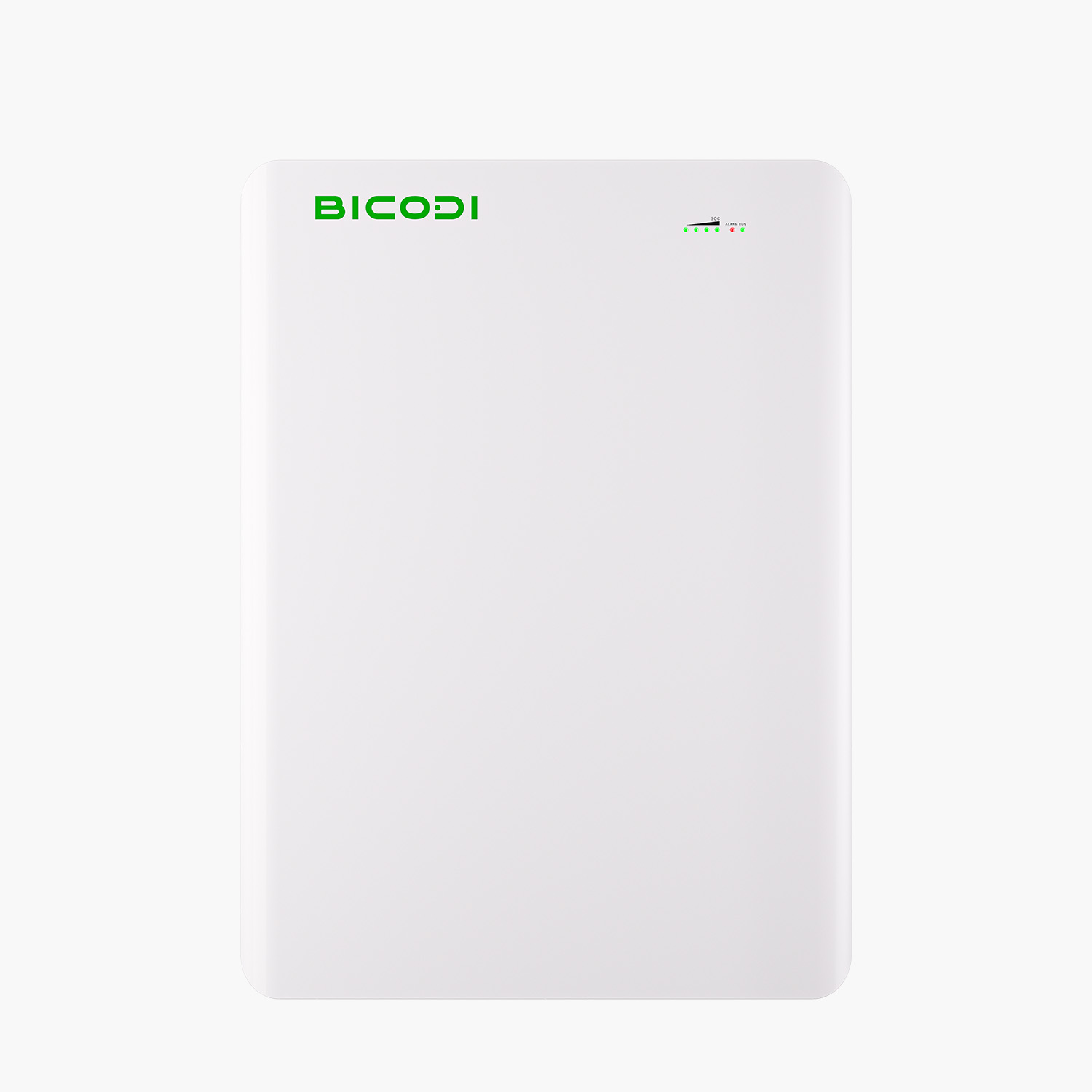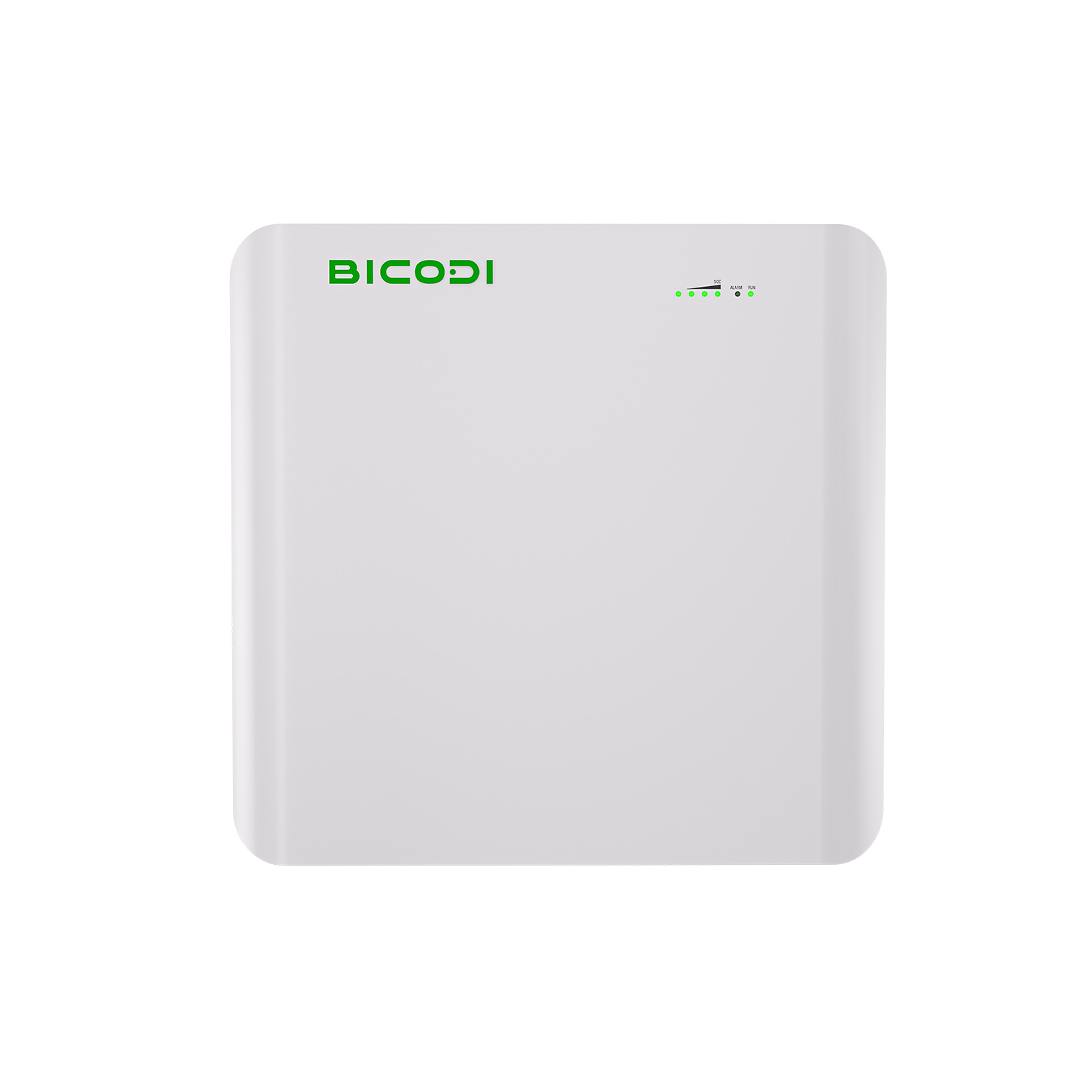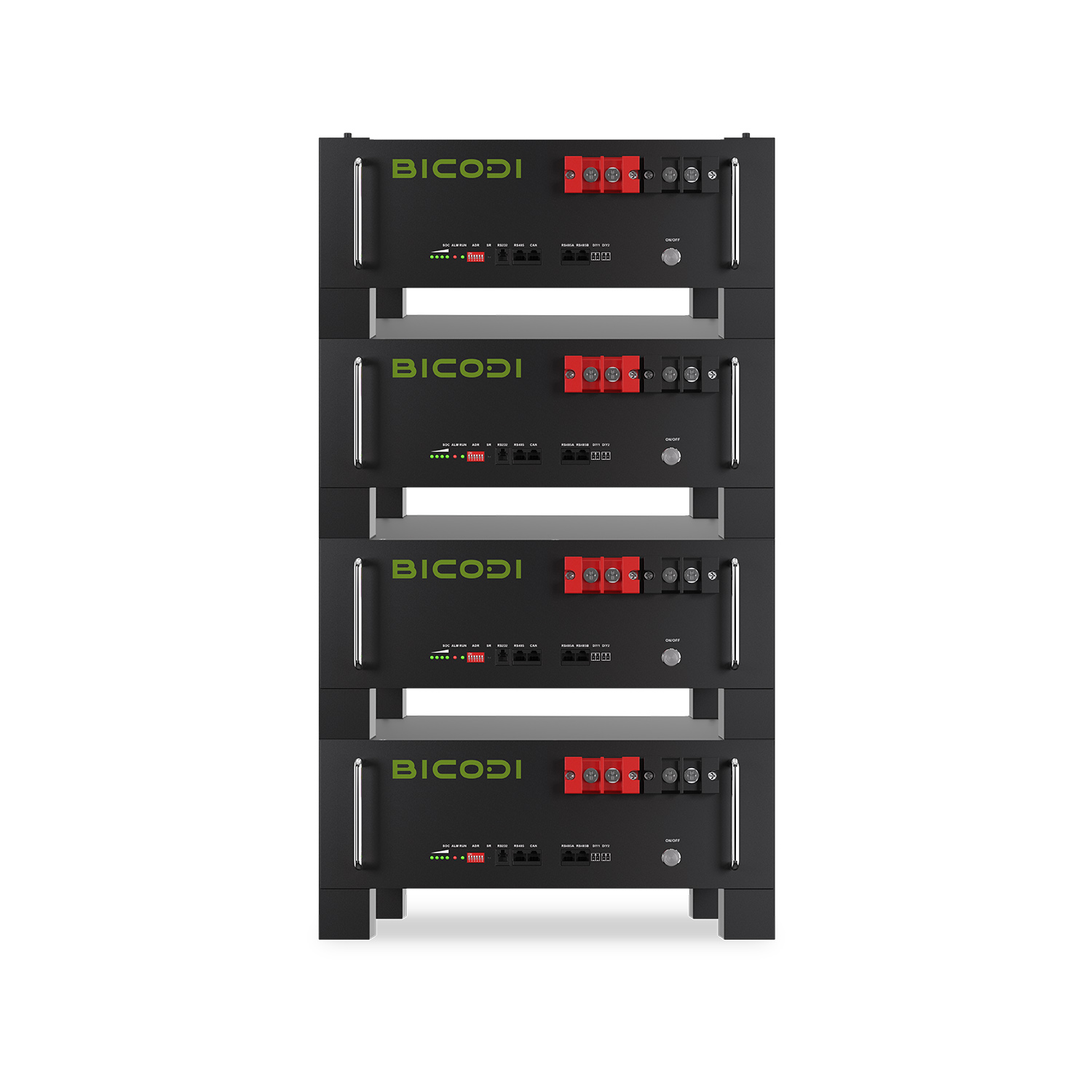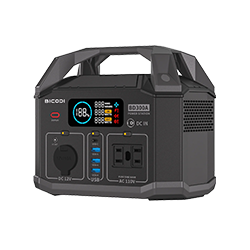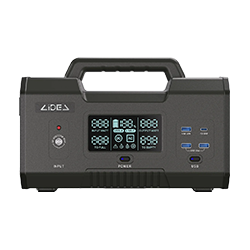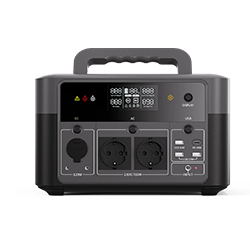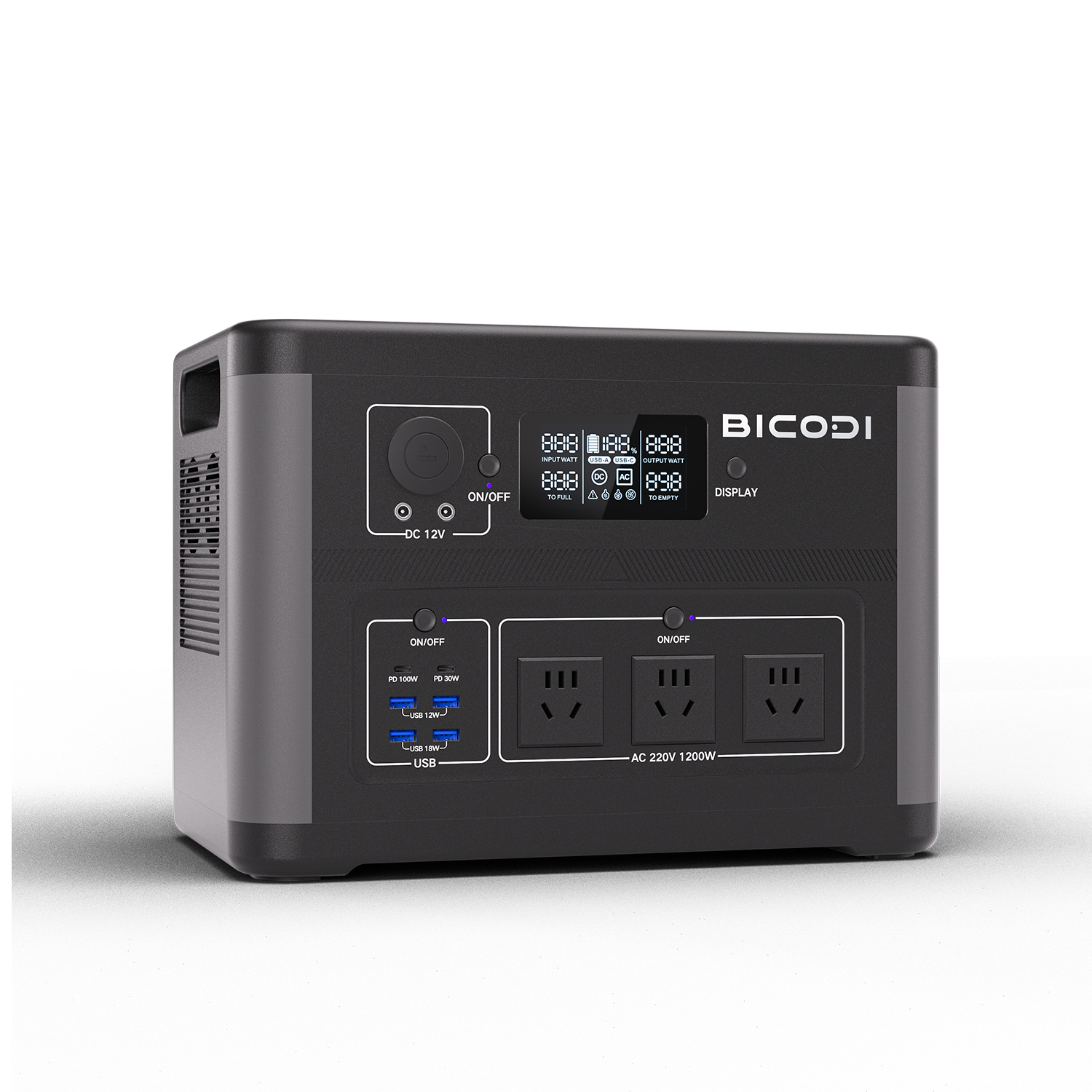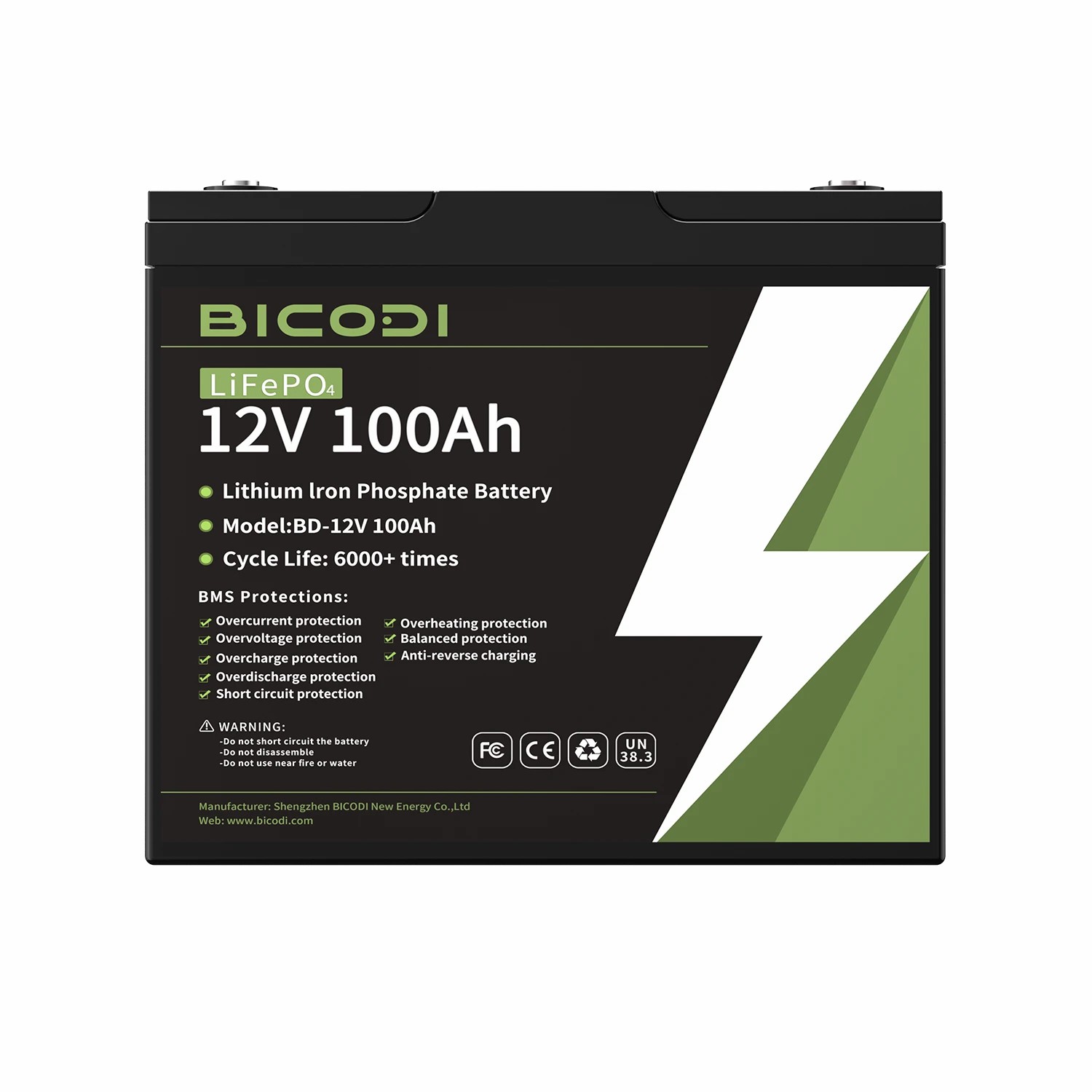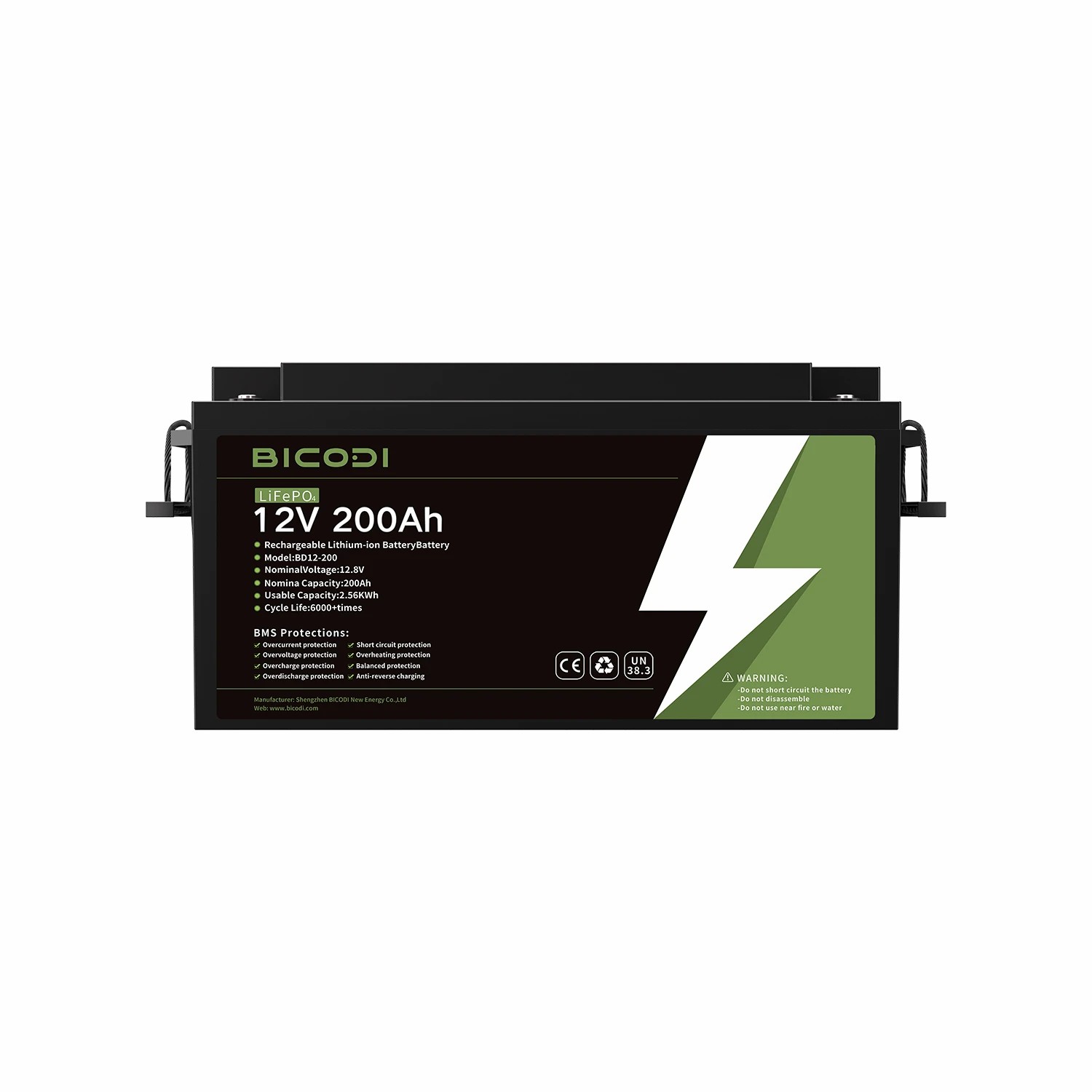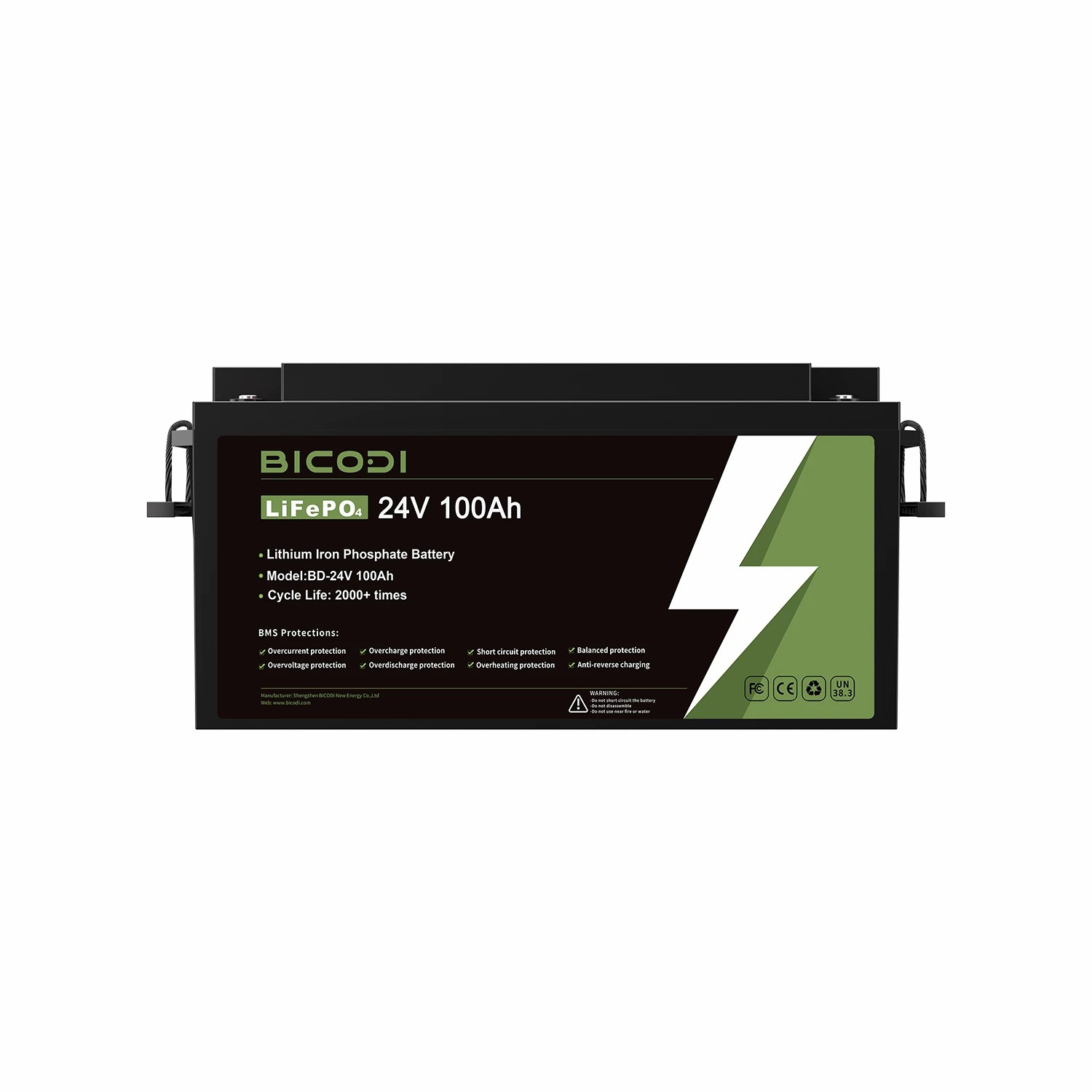Tesla’s summer announcement to build the world’s largest battery storage system in South Australia was characterized by keeping key details under wraps.
Fortunately, while the project remains shrouded in mystery, more information about the placement of Tesla solar panels and batteries on the Hawaiian island of Kauai, which appeared online earlier this year, can be discovered or deduced.
In fact, now there is enough information – according to Elon Musk – to make calculations. The same goes for inspirational mathematics.
While it’s important that Tesla’s solution is cheaper than diesel, it’s even more important that it’s cheaper despite only using two-thirds of the actual solar panel power and two-thirds of the actual battery capacity.
Tesla’s Kauai project includes 55,000 solar panels capable of providing 17 megawatts of peak DC power and 52 megawatt-hours of lithium-ion battery storage in the form of 272 Powerpack 2s on a 44-acre site.
It is slightly larger than Buckingham Palace (40 acres) and slightly less than half the size of the Vatican (110 acres).
Note that although the solar array is often cited as 13 MW (AC based), the Kauai Island Community Cooperative confirms the figure as 17 MW (DC based).
Tesla has contracted with the Kauai Island Utility Cooperative to supply the grid with up to 52 megawatt-hours of electricity each night. The utility has agreed to pay a flat rate of 13.9 cents/kWh for stored solar light, about 10% less than what they pay to power diesel generators.
(The island still needs to burn diesel during peak electricity periods—just not much. Plus, even Hawaii gets cloudy and rainy at times.)
As for why Tesla can’t sell electricity directly to the grid during the day, Kauai’s grid simply can’t absorb more solar energy: at noon, photovoltaics already meet more than 90 percent of the island’s needs.
On the Tesla website, each Powerpack 2 is rated at 210 kWh and is made up of 16 Powerwall 2s, which are themselves rated at 13.2 kWh. This makes sense because 13.2 kWh x 16 = 211.2 kWh.
However, the absolute energy content of each Powerwall 2 is definitely higher. Rated at 7 kWh, the first generation Powerwall is a 10 kWh battery rated to cycle up to 70 percent discharge capacity, according to the National Renewable Energy Laboratory.
This is similar to the two-thirds depth of discharge used in the Chevrolet Volt plug-in hybrid, which also uses a nickel-manganese-chromium battery chemistry.
With a depth of discharge of two-thirds, the 210 kWh power output provided by the Powerpack 2 implies an absolute power of 320 kWh. Thus, the absolute capacity of 272 Powerpack 2 on Kauai is 87 MWh.
Since the initial energy storage announcement in 2015, Elon Musk has promised a $250/kWh battery price for large deployments and confirmed that figure ahead of a recent project in South Australia.
The cost of $250/kWh for nominal power at the module level becomes a much lower absolute power of $170/kWh when two-thirds of the depth of discharge is taken into account.
Why does Tesla list a nominal power of 57 MWh and only report 52 MWh? The additional batteries will likely provide a plant on Kauai that can generate 52 megawatt-hours of electricity per day, even after 20 years of battery wear.
The solar panels installed in Kauai are fixed tilt, which means they are mounted at a fixed angle; they do not rotate during the day, following the sun like some other large solar installations.
According to the Lawrence Berkeley National Laboratory, Kauai’s three existing fixed-tilt solar projects have been running for more than a year, achieving power factors of 20%, 21% and 22%. (Power factor is the ratio of the energy produced by a power plant to its maximum theoretical power.)
This suggests that a power factor of 21% is a reasonable assumption for photovoltaic generation in Tesla’s Kauai project. Thus, multiplying 17 megawatts by 21% power in 24 hours gives us 86 megawatt-hours of electricity per day.
Based on the product specifications, the power supplies can convert DC input to AC output with an efficiency of about 90%. This means that 86 MWh DC facing the sun should produce about 77 MWh AC facing the grid.
The up to 52 megawatt-hours that Tesla promises to sell every night is about two-thirds of the 77 megawatt-hours that Tesla expects from its solar panels every day.
Simply put, both solar and battery cells are vastly oversized, but even so, the economy remains viable.
While Tesla can supply up to 52 megawatt-hours of electricity to the Kauai grid each day, it cannot do so on stormy or rainy days.
To evaluate these effects, Clean Power Research’s SolarAnywhere software generated representative annual solar irradiance data for Lihue, Kauai, where the Tesla project is located.
For transparency, the data used in this analysis can be viewed at tinyurl.com/TeslaKauai.
A representative year of SolarAnywhere data shows a global average horizontal exposure of 5.0 hours per day, corresponding to a power factor of 21%. This is consistent with data from the Lawrence Berkeley National Laboratory.
SolarAnywhere data predicts that in its first year, Tesla will provide an average of 50 megawatt-hours of electricity per day to Kauai’s utility cooperatives.
With an additional 5 MWh of battery, even after a 10 percent reduction in solar panel and battery capacity, Tesla is estimated to be supplying between 45 and 49 MWh of electricity per day to the grid (depending on the specifics of its operating strategy). .
Assuming that the average daily contribution to the grid drops from 50 MWh to 48 MWh over the next 20 years, Tesla will provide an average of 49 MWh per day.
Green Tech Media estimates that a utility-scale solar farm will cost about $1 per watt during installation on Kauai, meaning the solar portion of the project on Kauai will cost about $17 million. Thanks to a 30 percent investment tax credit, this brought in about $12 million.
An EPRI/Sandia National Laboratories survey conducted in December 2015 estimated the operating and maintenance costs of utility-scale solar farms to be between $10 and $25 per kilowatt per year. Using the $25 figure, the so-called O&M costs for the 17 MW solar panels on site would be $425,000 per year.
The higher score is appropriate because the Tesla Kauai project includes the battery pack as well as the panels themselves.
At $250 per kilowatt hour, Kauai’s batteries cost about $13 million. Tesla typically rates wiring and field support equipment separately, which can be as high as $500,000.
After selecting the worst O&M costs, we will take the best cable and equipment costs and assume they are practically free.
In total, Tesla will have about $2.5 million in annual cash flow in about $26 million in upfront costs ($12 million for the solar farm, $14 million for batteries) and about $425,000 per year in expenses.
Under these assumptions, the internal rate of return of the Tesla Kauai project is 6.2%.
While this is unacceptably low for many industries, SolarCity, like much of the solar industry, uses a discounted cash flow assumption of 6%, and Kauai was originally a SolarCity project. (Refer to the spreadsheet linked above again for details.)
This suggests that the numbers are correct; we might think that the errors in the various assumptions could cancel each other out.
For most of the year, the Tesla project on Kauai generates far more electricity than its batteries can handle. The same goes for future projects. what to do?
One option is to use excess electricity to separate water and produce hydrogen for fuel cell vehicles; Hawaii’s first fuel cell hydrogenation station will use this approach on Oahu.
If Tesla’s Kauai project can sell off some of the 20 or more megawatt-hours it can spend daily on powering hydrogen electrolyzers, the project’s internal rate of return will rise even more, even if that electricity is provided at a reduced price.
This would create an ironic scenario in which it is in Tesla’s interest to hope that the success of hydrogen fuel cell vehicles will create a demand for hydrogen.
An unexpected lesson from Tesla’s Kauai project may be that not only are fuel cells not preventing our transition to renewable or zero-emission energy, but they could play a role if the hydrogen they consume is produced exclusively using renewable energy. energy.
The main lesson, however, is that Tesla has proven that combining solar panels and energy storage makes economic sense not in the future, but today.
In fact, on Kauai, even if only two-thirds of the power and two-thirds of the battery capacity were used, the combination would make sense.
I agree to receive emails from Green Car Reports. I understand that I can unsubscribe at any time. Privacy Policy.
The US ID.Buzz will arrive later in 2024 and offer three rows of seats, an extra 10 inches, more power and possibly more range.
Uber drivers can save money on fuel and earn an extra $1 per electric ride, while a Mustang Mach-E costs just $199 a week with the Ford Drive app.
Post time: Jun-02-2023








